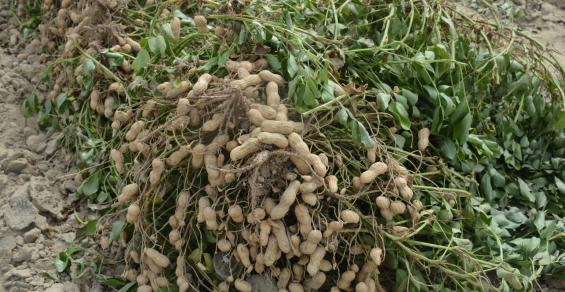Aflatoxin takes as much as $126 million out of the U.S. peanut industry each year.
Foy Mills delivered some encouraging news in a Nov. 10 American Peanut Council “Insight into USA Peanuts” webinar where an overview of this year’s peanut crop was presented. It looks like aflatoxin won’t be a problem in the peanut crop this year.
This is welcome news for the U.S. peanut industry that has set its sights on finding solutions to the aflatoxin problem that costs a great deal of money for each segment of the peanut supply chain. Marshall Lamb, USDA National Peanut Laboratory Research Lead, has noted that aflatoxin takes as much as $126 million out of the U.S. peanut industry each year and may be responsible for significant losses even in years with low aflatoxin contamination rates.
Lamb and others have continually stressed that eliminating or significantly reducing aflatoxin is a must for improving the competitiveness of U.S. peanuts. The good news is the U.S. peanut industry is committed to finding solutions.
In the webinar, Mills, vice-president of Ag Systems at JLA International, offered hope for the 2022 peanut crop when he noted that peanuts harvested and delivered to date to buying points and converted to shelled lots of peanuts were showing very low levels of aflatoxin in early portions of the crop.
“In the U.S, we expect a good quality crop, with low to moderate aflatoxin risk,” Mills said.
Mills did note that aflatoxin can vary across the U.S. peanut belt due to weather patterns. He pointed out that irrigation is one of the potential mitigators of aflatoxin risk.
“In the Southeast, approximately 48% of the crop is irrigated, predominantly in the state of Georgia. In the Southwest, 100% of the peanut crop is irrigated. Conversely in the Virginia-Carolinas, which gets fairly consistent rainfall, only 11 percent of the crop is irrigated. Additionally, the south central Delta region is also effectively 100 percent irrigated,” Mills said.
In essence, the U.S. peanut industry is using a team approach to solve the aflatoxin problem. Each sector of the industry is committed to the effort, because they know that producing high quality peanuts is the key to profitability for each sector. By working together, they will find a way.



